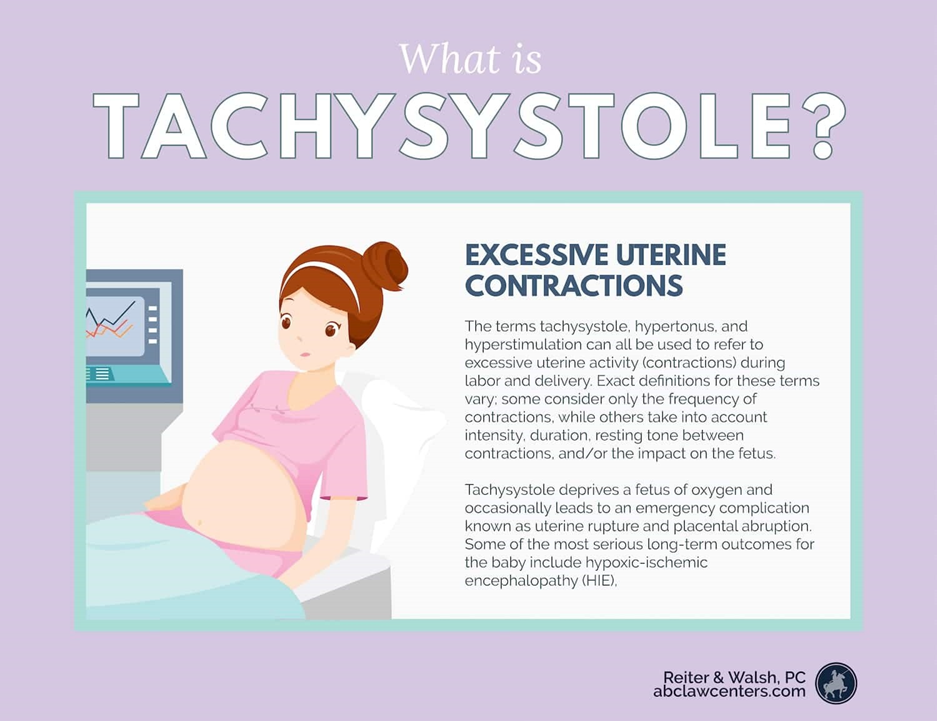A nurse is caring for a client who has unrelieved episiotomy pain 8 hours following delivery.
Which of the following actions should the nurse take?
Place a soft pillow under the client’s buttocks.
Apply an ice pack to the perineum.
Position a heating lamp toward the episiotomy.
Prepare a warm sitz bath.
The Correct Answer is B
Choice A rationale:
Placing a soft pillow under the client's buttocks is not recommended for episiotomy pain relief. It can actually increase pain by placing pressure on the perineum and impeding blood flow to the area. This can hinder healing and prolong discomfort.
Additionally, it can separate the buttocks, potentially decreasing venous return and further exacerbating pain.
Choice C rationale:
Positioning a heating lamp toward the episiotomy is not appropriate within the first 24 hours following delivery. Heat application during this early stage can increase inflammation and swelling, potentially worsening pain and delaying healing.
Heat therapy is typically recommended after 24 hours to promote circulation and tissue repair, but it's crucial to apply it at the appropriate time.
Choice D rationale:
Preparing a warm sitz bath is a common comfort measure for postpartum perineal care, but it's generally recommended after
Nursing Test Bank
Naxlex Comprehensive Predictor Exams
Related Questions
Correct Answer is A
Explanation
The correct answer is Choice A
Choice A rationale: Uterine atony is the leading cause of postpartum hemorrhage. Assessing fundal tone identifies if the uterus is boggy and requires massage to stimulate contraction and reduce bleeding.
Choice B rationale: Vaginal examination may identify trauma or retained tissue, but it is not the first-line assessment. Initial nursing action focuses on uterine tone before escalating to provider intervention.
Choice C rationale: Vital signs help detect hypovolemia or shock but do not address the bleeding source. Fundal assessment precedes vitals to determine if bleeding is due to uterine atony.
Choice D rationale: A full bladder can displace the uterus and worsen bleeding, but this is assessed after fundal tone. Fundus check is prioritized to identify and treat uterine atony immediately.
Correct Answer is C
Explanation
Choice A rationale:
The presence of a “bloody show” from the vagina is a normal part of labor. It’s caused by the expulsion of the mucus plug that
has sealed the cervix during pregnancy. This is a common occurrence and does not need to be reported to the provider.
Choice B rationale:
Early decelerations in the Fetal Heart Rate (FHR) are usually not a cause for concern. They are often a sign of head
compression, which is a normal occurrence during labor. Therefore, this finding does not need to be reported to the provider.
Choice C rationale:
Uterine contractions lasting 2 minutes could be a sign of a complication known as “uterine tachysystole” or “hyperstimulation”. This condition can reduce oxygen supply to the baby and may require medical intervention. Therefore, this finding should be reported to the provider.

Choice D rationale:
Feeling pelvic pressure with contractions is a normal part of the second stage of labor. This pressure is due to the baby moving
down into the birth canal. Therefore, this finding does not need to be reported to the provider.
Whether you are a student looking to ace your exams or a practicing nurse seeking to enhance your expertise , our nursing education contents will empower you with the confidence and competence to make a difference in the lives of patients and become a respected leader in the healthcare field.
Visit Naxlex, invest in your future and unlock endless possibilities with our unparalleled nursing education contents today
Report Wrong Answer on the Current Question
Do you disagree with the answer? If yes, what is your expected answer? Explain.
Kindly be descriptive with the issue you are facing.
